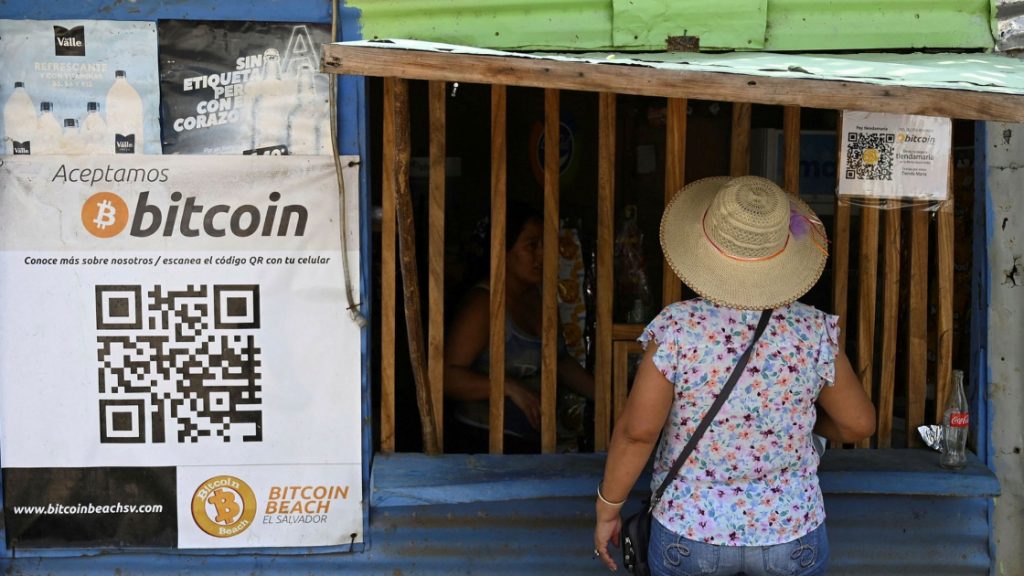
Hypercoinisation – A Dystopian Vision
One of the best pieces of writing on crypto last year came from Gillian Tett at the FT last May, who wrote a smart balanced piece on President Nayib Bukele’s experiments with Bitcoin. In 2021, Bukele declared Bitcoin legal tender in the small central American nation and since then has been a devout evangelist for the token, despite the price almost halving since his announcement in September of that year. Tett’s piece explores some of the key factors driving crypto adoption in emerging markets and the global south – high smartphone penetration, a large number of un- and under-banked citizens, economic reliance on remittances from the global diaspora that usually come through extractive money-transfer services and the 800-pound Gorilla that is the US dollar, whose whims, like many other small economies that rely on the global reserve currency, they are subject to. Add in some hyperinflation and once again in the 2022 report, other than the US, all the top-ten nations for crypto-adoption, save the USA, fit some, if not all of these criteria.
In the El Salvadoran administration, the OG Bitcoiners, the believers and the evangelists have found a useful ally, and have been quick to offer their support, under the auspices of liberation, freedom and a Libertarian ideal of equality, flooding into the country’s Bitcoin Beach to proselytize; running workshops, pushing (d)Apps and services that can help bring about this brave new world. For them the El Salvador experiment offers an early beachhead for their ambitions for Hypercoinisation. Put simply, Hypercoinisation is the scenario where Bitcoin becomes the leading means for the storage and exchange of value, a universally accepted ‘ultrahard money’ against which all others are measured. Rather than looking at Bitcoin prices in dollars or pounds, we will be in a world where dollars are priced in Bitcoin… if we are using dollars at all. The benefits of this fundamentalist belief for its believers is a monetary system free from the interference of governments, where inflation and demonetisation are eliminated and we all live in Neoliberal harmony. Imagine the ‘Teach the world to sing’ Coca-Cola advert, but everyone holding hands is either a toxic incel from 4chan or a member of the Chicago School of Economics.
Or something like that.
It all sounds, at least for some, incredibly alluring.
This argument of course ignores the powerful and positive influence of the state in shaping many of our most important advances in our society, technology and human thriving, but that aside – and that is a pretty big aside for another time – there is one huge flaw, which is likely a design feature for hypercoinisation’s loudest advocates. A world where a pervasive global currency is deflationary because of it’s limited supply and where its distribution is already highly concentrated is a very unequal world indeed. Limited to only 21 million tokens, with 19 million already minted and a few million likely lost, mass adoption could cause a concentration of wealth that might make the robber-barons of the late 19th and early 20th century look positively parsimonious. The top four addresses globally hold over 668 thousand coins, or around $15.3billion. But as a percentage of total Bitcoin? 3.2% of the total that could ever be mined. Though of course the process of hypercoinisation would need a reduction of this concentration, the idea that even a single % of total global money could be concentrated in four wallets (that may not even be four separate people) is chilling. A 2021 research paper claims the Gini Coefficient of Bitcoin is 0.65 – around the same as Australia and less than America’s 0.85, but this ignores all the ‘no-coiners’. This calculation is only amongst the 80-odd million active addresses. This ignores those who own via exchanges or apps where the tokens are held somewhere else (though as they say, not your keys, not your coins) but still even if there are another one or two hundred million of those, there are still billions without.
When evangelists like Samson Mow turn up in developing nations to preach the Bitcoin Gospel, it’s not out of any kind of enlightened benevolence. The problems they purport to solve are real, but the solution they offer is one that is designed to increase the value of a scarce “asset” backed by nothing except perhaps arguably the energy it takes to create and maintain its existence.
It’s important I think at this point to state my own position. I am a Bitcoin Pragmatist. It is the most secure, most distributed network out there. I believe it can and will play an important role underpinning elements of the global financial system as blockchain technologies find problems they can really solve, particularly where there are frictions and imbalances of power or access. For those living in some of the most precarious economies, it may fill the void as a kind of digital gold that provides a hedge and a store of value in times of instability (though Bitcoin-backet stablecoins may be wiser). And I believe that for many in the global south, blockchain technology (and I use the term separately from cryptocurrencies here) will solve real problems.
But Hypercoinisation is neither viable nor desirable if we want a money system that works for the many and not an even smaller few.
Category: capitalism, consumption, culture